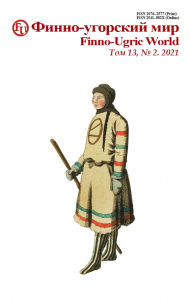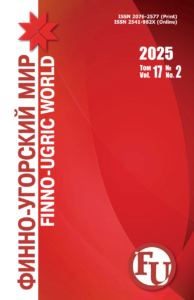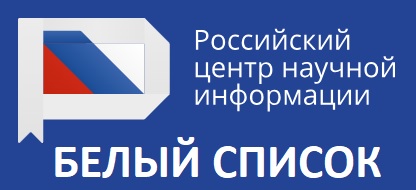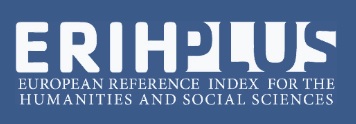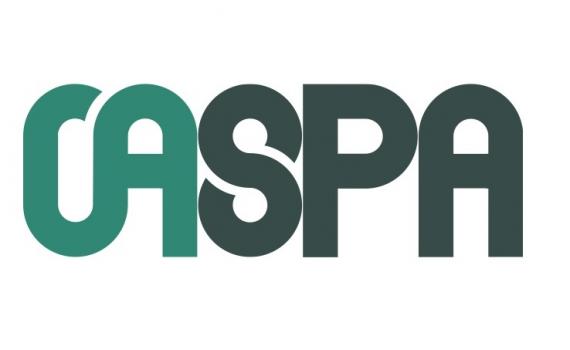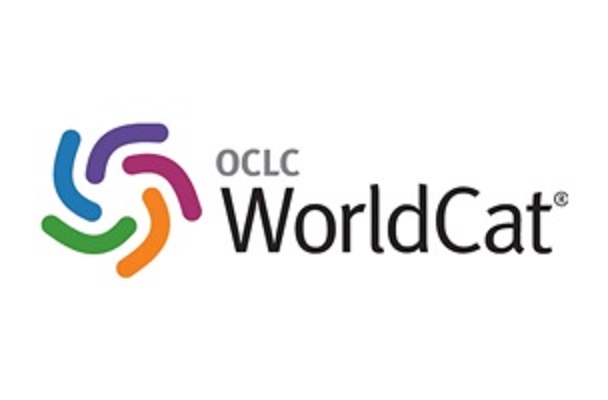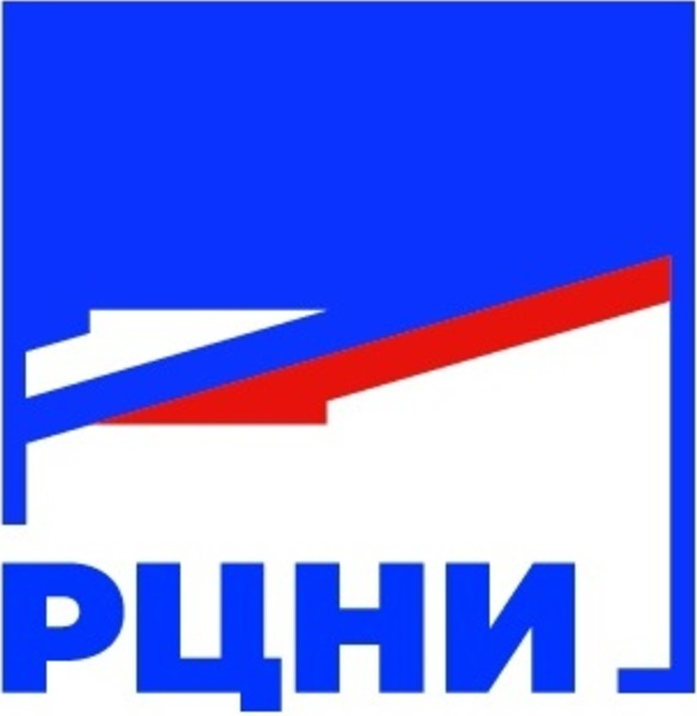Download (pdf) 
Original article
DOI: 10.15507/2076-2577.013.2021.03.243-253
Features of artistic bilingualism in modern Udmurt literature (based on the poetry by B. Anfinogenov)
Natalia V. Kondratieva
Udmurt State University,
Izhevsk, Russia
Beatrix Oszkó
Hungarian Research Centre for Linguistics,
Budapest, Hungary
University of Novi Sad,
Novi Sad, Serbia
Introduction. The article deals with artistic bilingualism which is interpreted as the creative use of two languages in creating works of literature based on precise understanding of the specific features of semantic and pragmatic potential of these languages. The purpose of the article is to identify the features of artistic bilingualism in the work of the modern Udmurt poet B. Anfinogenov.
Materials and Methods. The main source of research is the collection of B. Anfinogenov’s poetry “Aishet of the future”. The methodological framework includes linguistic analysis of poetic texts, synthesis and generalization of the achievements in literary studies, structural analysis, etc. The research is based on the use of the descriptive method as well as the method of full coverage and methods of contextual and situational-contextual analysis.
Results and Discussion. Based on the analysis of the poetry of the young Udmurt author Bogdan Anfinogenov, it was revealed that one of the techniques inherent in the bilingual communication strategy is the use of code switching, which performs various functions. In addition to the traditional thematic function, emotional, decorative, recipient, factual and emphatic functions of code switching, artistic bilingualism in the work of this author draws the reader’s attention to the Udmurt language and culture. Also, the Udmurt poet deliberately emphasizes changes in the social environment and orientation towards Western culture. In other words, the use of code switching introduces additional semantic nuances into the literary text, a certain system of values, a certain type of modal-emotional meanings.
Conclusion. The main constituent elements of code switching are language units representing all language levels: phonetic, morphological, syntactic. Special attention is paid to the phenomenon of code switching, represented at the level of the graphic system of the Udmurt language.
Keywords: Udmurt literature, artistic bilingualism, code switching, B. Anfinogenov, language game
Acknowledgments: The work was supported by RFBR grant № 21-512-23007 RJAIK_a.
For citation: Kondratieva NV, Oszkó B. Features of artistic bilingualism in modern Udmurt literature (based on the poetry by B. Anfinogenov). Finno-ugorskii mir = Finno-Ugric World. 2021;13;3:243–253. (In Russ.).
DOI: 10.15507/2076-2577.013.2021.03.243-253.
Information about the authors
N. V. Kondratieva – Doctor of Philology, Professor, Department of General and Finno-Ugric Linguistics, Udmurt State University, nataljakondratjeva@yandex.ru, https://orcid.org/ 0000-0002-3632-503X
B. Oszkó – Doctor of Philosophy (Ph. D.), Research Fellow, Hungarian Research Centre for Linguistics; Associate Professor, Department of Hungarian Language and Literature, University of Novi Sad, oszko.beatrix@nytud.hu, https://orcid.org/0000-0002-0169-4505

